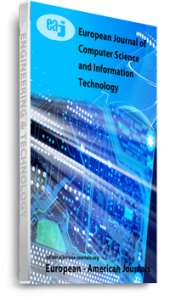Anomalous note changes in music melodies are a major concern in several automatic music content analysis tasks. When ‘the musically scale un-related notes’ occur in the note sequence, it will provide less pleasant melodies. These ‘uncommon’ notes are the situations which refer as the ‘anomalous notes’ in a particular melody. Identifying and eliminating the effects of these note changes will helpful to enhance the results in automatic melody evaluation, as well as in automatic melody transcription. In order to address the above issue, this paper proposes an approach to detect anomalous notes changes of unknown monophonic melodies. The proposed model is designed with two main phases with the applicable machine learning and signal processing techniques. Within the first phase, melodies are processed to have their pitch estimations. After the pitch estimation, a note event model has employed with the application of Long Short -Term Memory (LSTM) Neural Network for the detection of anomalous note changes. A set of recorded sample melodies are used as the dataset to evaluate the model. The dataset was collected only for the main seven major scales in music. The model was able to detect anomalous note changes with an overall accuracy of 68.2% for the used dataset.
Keywords: anomaly detection, long short term memory (LSTM, note detection, unknown monophonic melodies

